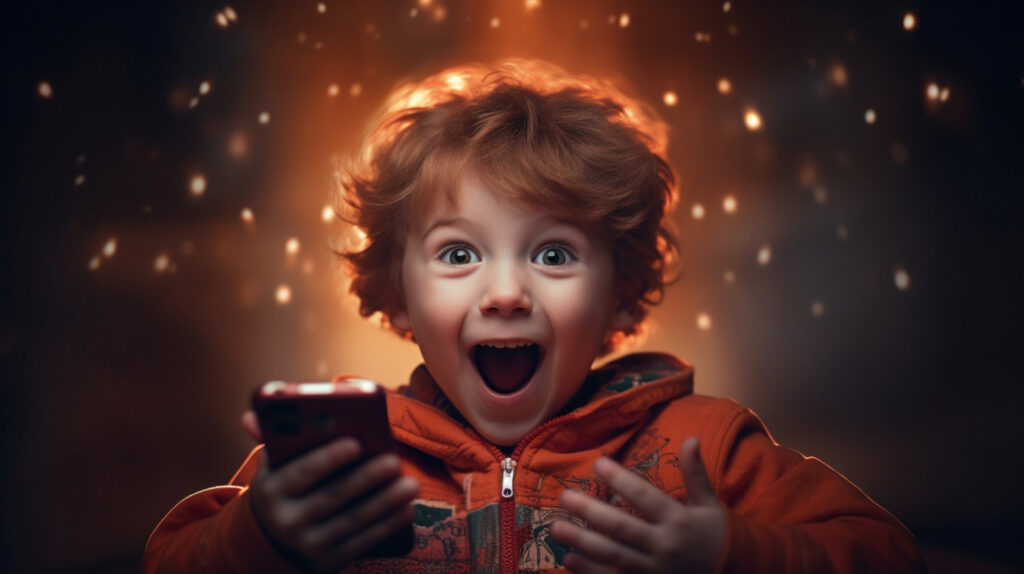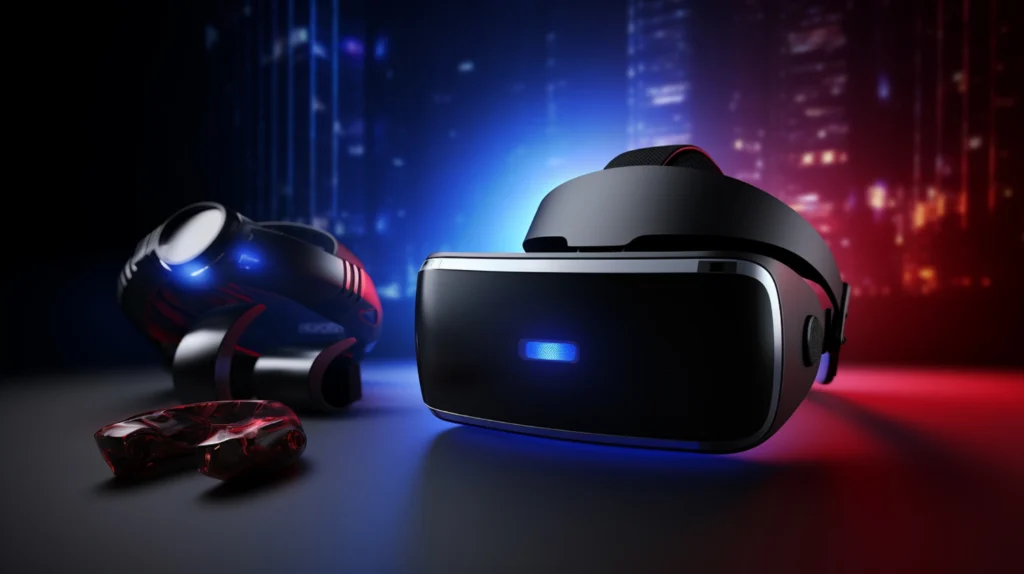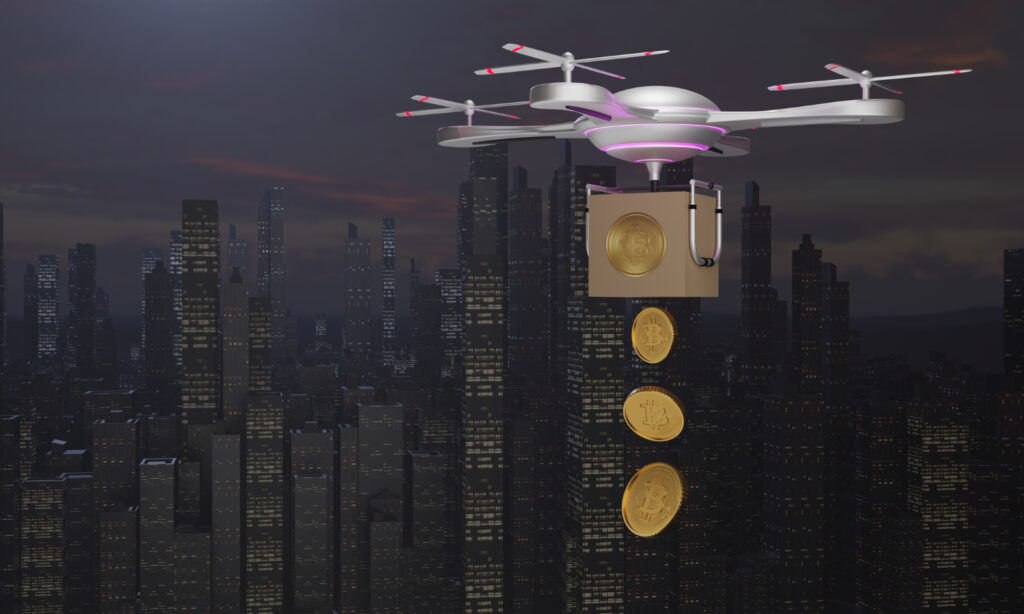The world is experiencing a digital renaissance—and it’s powered by artificial intelligence. Over the past few weeks, a fascinating trend has swept across social media platforms, creative circles, and everyday households: the explosion of AI-generated images through ChatGPT’s latest features. Millions of users are now transforming their personal photos into dreamlike, Studio Ghibli–inspired artwork, futuristic avatars, or hyper-stylized anime scenes with just a few clicks.
Welcome to the era where anyone can become a digital artist—with a little help from generative AI.
What Is ChatGPT’s New Image Generator?
In March 2025, OpenAI rolled out a groundbreaking update to ChatGPT. Dubbed GPT-4o, this new model is multimodal, meaning it can process and generate not only text but also images, voice, and even video. One of the most popular features included in the rollout is the ability to generate images based on user prompts—or better yet, turn existing photographs into stunning artistic creations.
The tool is easy to use, requiring no design skills. Upload a photo, choose a style (like “Studio Ghibli” or “pixel art”), and within seconds, you’ll have a professionally rendered piece of AI art. The accessibility and visual appeal of this feature sparked an internet-wide craze, and soon, everyone from teenagers to celebrities was getting involved.
The Viral Studio Ghibli Trend
The trend arguably went supernova when Grant Slatton posted an AI-generated, Ghibli-style family portrait on Twitter/X. The image captured millions of hearts, earning over 50 million views in less than a week. Its whimsical colors, nostalgic tone, and charming details made it feel like a frame from a beloved animated movie.
Soon, feeds were flooded with AI-enhanced pet portraits, family images turned into fantasy landscapes, and humorous celebrity mashups. The emotional resonance and shareability of these images made them instant viral hits.
The Technology Behind the Trend
GPT-4o represents a significant leap from previous versions. It’s not just smarter—it’s more versatile. With the power to understand and generate in multiple formats simultaneously, it can blend context from an image with conversational intent to create highly personalized content.
Sam Altman, CEO of OpenAI, has hinted that this is just the beginning. GPT-4o is designed to pave the way toward AGI (Artificial General Intelligence)—a single model that can think, create, and interact across mediums. Behind the scenes, the infrastructure supporting this boom has had to scale rapidly, with reports of servers experiencing 400% traffic spikes during peak usage.
Cultural Impact and Social Media Frenzy
This trend isn’t confined to tech-savvy circles. On TikTok, creators are sharing before-and-after videos of their AI transformations. On Instagram, entire pages are now dedicated to themed AI art. Hashtags like #StudioGhibliAI, #ChatGPTArt, and #AIImageTrend are trending globally.
Politicians have joined the fun too. In Pakistan, Bilawal Bhutto-Zardari shared a series of AI-generated portraits of himself and his family, embracing the Ghibli aesthetic. The White House also quietly experimented with AI visuals in a campaign about digital futures.
The reasons behind the craze are clear: it’s fast, free (or low-cost), nostalgic, and highly personalized. People love to see their pets as animated heroes or their family vacation photos reimagined as scenes from a fantasy movie.
The Lifestyle & Entertainment Angle
Beyond just visuals, the AI boom is changing how people engage with technology. Creatives are using these tools to storyboard videos, draft book illustrations, or generate concept art. Parents are turning their kids’ drawings into magical worlds. Gamers are using AI portraits for avatars.
New apps are riding the wave too. One example is Traini, an AI-powered “pet translator” that became an overnight sensation. Others like Clipfly are making it easier for creators to animate AI-generated art into short-form video content.
Business & Finance Implications
Brands are paying attention. Marketing agencies report up to 300% increases in engagement when using AI-enhanced content. Startups in the creative AI space are receiving fresh funding rounds, while giants like Microsoft are doubling down on AI infrastructure.
Search volume for terms like “OpenAI image generator”, “Ghibli AI art”, and “ChatGPT marketing ideas” has skyrocketed. For entrepreneurs, content creators, and marketers, this trend is more than just fun—it’s a business opportunity.
Ethics and Concerns
Of course, the meteoric rise of AI-generated art brings with it a host of ethical discussions. Critics point out copyright issues, especially when AI mimics specific art styles like Studio Ghibli’s. Others raise privacy concerns—especially if user-uploaded photos are used to train future models.
Transparency and user consent are vital as the boundaries between human and machine creativity blur. OpenAI and others will need to address these questions as adoption grows.
Where Is This Going?
We are likely at the beginning of a massive shift. If this trend continues to evolve, we may see:
- More interactive AI storytelling tools
- Hyper-personalized digital avatars for use in gaming or virtual meetings
- AI-generated short films or animated series
- Legal frameworks around AI-generated content
As ChatGPT’s features expand and competitors like Google’s Gemini and DeepSeek AI catch up, the world of generative creativity will only grow more accessible.
Final Thoughts
The AI image trend is more than just a passing phase—it’s a cultural moment that reflects the convergence of art, technology, and identity. With tools like ChatGPT, we’re all creators now.
Whether you’re a casual user uploading selfies or a brand looking to capture attention, the message is clear: the future of content is interactive, intelligent, and infinitely creative.
Stay tuned with Trendora for the latest on tech, lifestyle, and the stories shaping our digital age.



